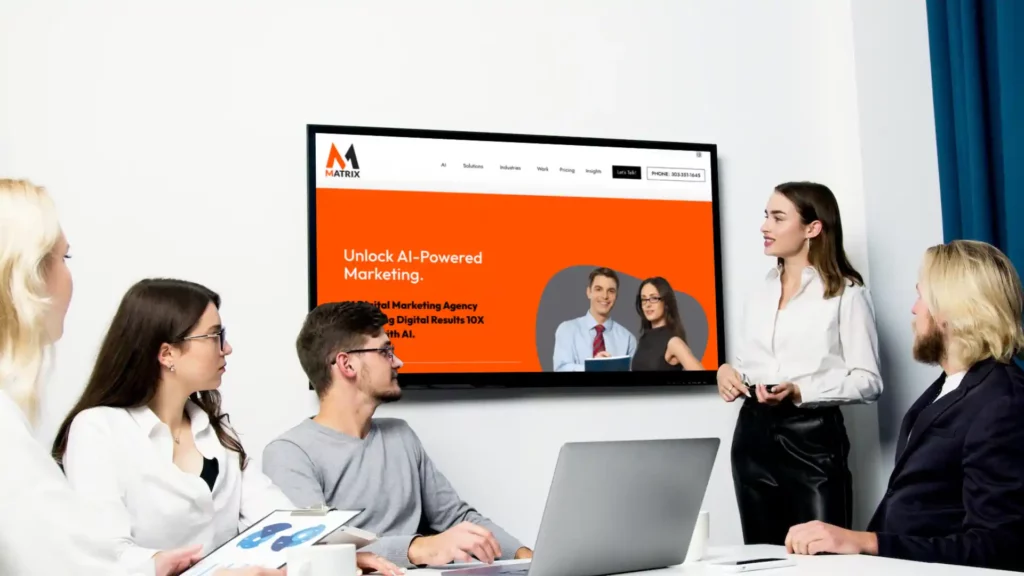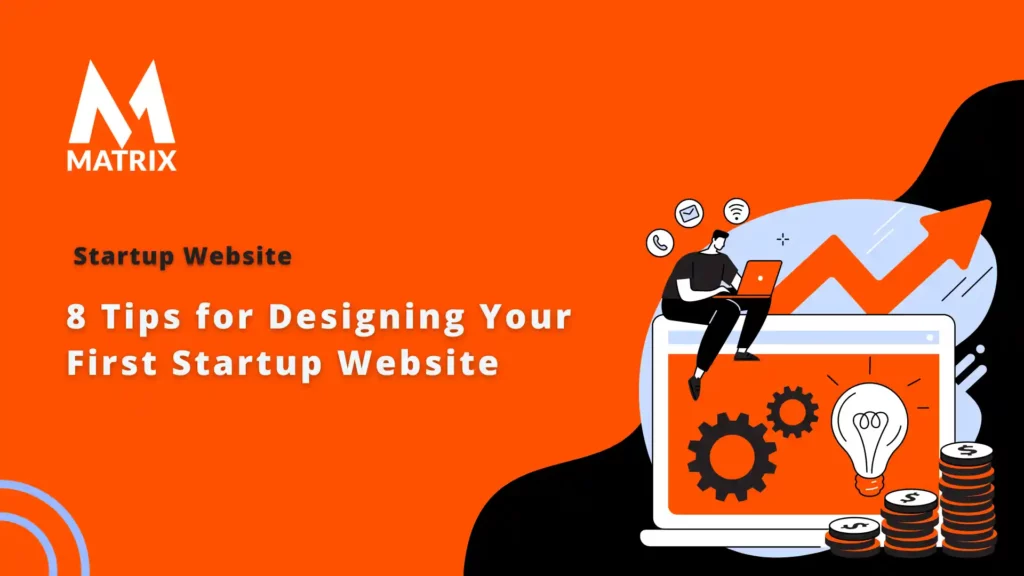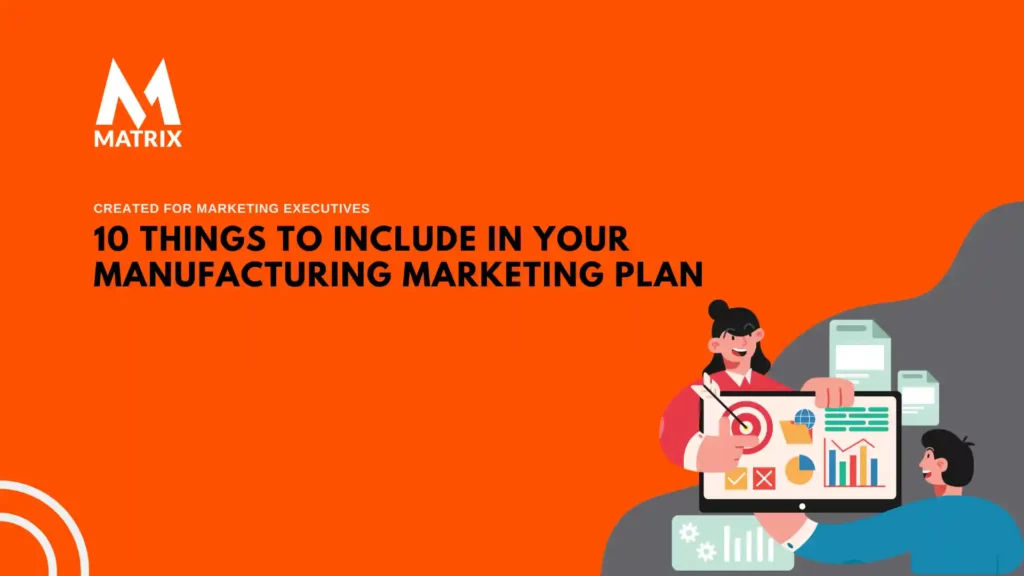Designing a startup website is challenging for designers. The business is just getting off the ground and may not yet have a strong identity. Unlike an already-established company, the site helps shape who it is and how the world sees it.
At the same time, it has to serve as a place to convert visitors into customers and tell the brand’s story and mission. It’s a tall order for anyone to fill.
How many websites are there?
According to Siteefy, there are 1.13 billion websites worldwide as of November 2023. Of these, 18% are active, meaning they are regularly used and updated. This means that there are 200 million active websites in the world.
It is important to note that active websites can fluctuate significantly over time. For example, new websites are created daily, while others become inactive. Additionally, some websites may be active but then become inactive.
Here is a breakdown of the number of active and inactive websites in the world:
- Active websites: 200 million
- Inactive websites: 904 million
The majority of inactive websites are parked domains, which are domains that are registered but not used for active websites. Businesses often use parked domains to reserve their domain names for future use.
Other inactive websites may be abandoned websites, which are no longer being used or updated. Malicious actors can sometimes use abandoned websites to spread malware or phishing attacks.
When browsing the web, knowing the difference between active and inactive websites is important. Active websites are typically more reliable and trustworthy than inactive websites.
If your site doesn’t stand out from the crowd, people will likely skip over it or bounce away to something more interesting. You may not have a brick-and-mortar store to grab interest. Many startups get going with a website only, so yours must pop.
Build your pages for conversions. Driving traffic to your site isn’t very helpful if you don’t know what to do with the visitors once they arrive. Fortunately, there are some tried-and-true elements any website should have.
As a startup, there are eight factors you must consider while designing your site. Nailing these items ensures your conversions are high enough to help you excel in your first year in business and beyond.
Start With a Message when Designing a Startup Website
Your first step is developing a brand message touting who you are and what you stand for. Think about the reasons why you started your company in the first place. Every company has a story. What is yours? Dig for the deeper meaning behind why you started this specific business model.
Don’t just blather on about yourself, in any case. You need to tell the story from the emotional standpoint of your target audience. Think about why they should care about your journey. If your target audience is small-business owners, how does your story impact them? Make sure your message is compelling.
People love a good rags-to-riches story, so share the details if you started with nothing. How did you get your funding? What drove you to move forward with your idea and overcome all obstacles?
Houzz is an e-commerce startup offering anything you need to redesign your home. Husband and wife Adi Tatarko and Alon Cohen founded the company when they became frustrated with the lack of available items while renovating their house.
One thing this website does particularly well is explain the motivation behind opening Houzz without getting too lengthy. A few paragraphs summarize the business idea and the reason for starting it. You can tell your unique story and share your message without writing a novel.
In this case, they explain their struggles and how they wanted to help other homeowners doing remodeling projects.
Study Your Competition when Designing a Startup Website

Look at other businesses in your industry and particularly in your local area. Use business mapping software to see which zip codes your competition serves. You can also gather information on users’ demographics in a particular area.
Find out which areas other businesses already serve and come up with underserved communities that need your type of product or service the most.
Ensure you offer something more valuable than other businesses in your industry. Find a unique value proposition (UVP) that stands out. If you can’t beat prices, maybe you can offer faster delivery. Perhaps you are small enough to provide one-on-one attention to your clients, and the more prominent company does not.
Consider your UVP not just through the view of what is best about your company but via the perspective of what customers will care most about. It doesn’t matter how you see your business. What is important is how the outside world sees you.
Take notes on the websites of the other firms. What do you like about their sites, and what do you hate? What can you do better? Please pay particular attention to their landing pages. You can even study their keywords and where their traffic arrives with tools such as SEMRush.
The goal of studying your competition isn’t to copy what they do. Do you want to see where you need to rise to the challenge of being as good as they are but also find weaknesses where you might excel? Hunt for niche areas or groups to target.
Gumroad is an unusual startup because it deals only with the digital goods of other people, serving as a gateway, similar to eBay. It wasn’t satisfied with the options for people wanting to sell directly to consumers on sites such as Amazon. Instead, it developed a model for artists to use and sell directly to their fans.
Note how it highlights the amount people have earned selling the site’s films, courses, music, and books. It may not be able to compete in terms of traffic, but it lets creators keep more money in their pockets and gives them more control than other sites.
Check out their features page and decide if it’s beneficial to list the features you provide to your customers that make you unique.

Stop Wasting Ads! Get Laser-Targeted Clicks (and Customers)
Tired of ad duds? Get eyeballs on your brand with laser-focused online ads that convert. Click to unleash the power of targeted marketing!

Stop Scrolling, Start Selling: Social Ads That Convert Like Crazy
Get ready to unleash the power of AI-targeted ads that turn likes into leads and leads into SALES.
Show What’s In It for Them
Your startup’s website must list the benefits of ordering from you. When designing a startup website, keep that in mind. What is in it for the consumer? Why should they choose to do business with you?
Think through the advantages of them ordering from you through their perspective.
Start by figuring out what the user’s pain point is. What is the problem driving them to your website in the first place? How does your product or service solve the issue? Your headlines should reflect your understanding of their situation and offer a solution.
You may not be the only organization able to solve the problem. Why should the consumer choose you over the other available options? Why do you offer benefits your competitors don’t
Starry does a fantastic job of outlining the benefits of its internet service over other providers. Note the icons to signal each pro and then provide detailed information.
For example, there is an illustration of a rocket ship and the subheading “Blazing Fast.” It explains that customers can easily reach 200 Mbps speeds and stream 4k movies. Each advantage is listed and follows the same structure, giving the page some cohesiveness.
Find three or four benefits your customers genuinely care about. If you aren’t sure, poll them and ask what features they love. Sum up the advantage in a subheading but go into more detail in the body text.
The layout hierarchy of a subhead and then smaller words allows readers to skim and get the gist of the product or service. They can dig more deeply into the details if they care the most about a particular element.
Plan for Marketing

As you design your site, think about the types of marketing campaigns you’ll utilize and how your website ties into them. For example, if you plan to post links to articles on social media, you’ll need a blog section. When designing a startup website, have a plan for marketing the site.
How can you tie social media to your website? Should you include links to your social pages? Can you install an app that makes it easy for users to share articles from your website directly to their walls? Matrix can develop a non-code app with AppSheets. Think through the different efforts you plan for your first year and tie them to your site in various ways.
Simple Habit is a startup app that helps people develop new habits with consistent actions. It keeps an updated blog to market itself effectively online with information on mental and physical health. Each post offers tips but ties into how the app can help provide relief.
Add value for your readers by discussing topics that address small parts of the pain points, driving them to your site. If someone wants to know how to save money on energy costs, offer a tip or two and always circle back to how your gadget or service saves even more.
Gain Their Trust
As a new company, you don’t have a proven track record to fall back on. Consider creditability and trust when designing a startup website to support your position. You must gain users’ trust and assure them you’ll fulfill their orders on time, protect their information, and stand behind your product. Some trust factors include:
- Contact information
- Memberships in industry organizations
- About page, which shows who the owners are
- Guarantees
- Awards
- Links to social media pages and an active presence there
Consider what you’d need to see before ordering from a company. Some people want a live chat option, while others need to see a toll-free telephone number.
WeWork offers shared office space for small business owners. This startup began when the founders decided to lease extra space in an office building and open a coworking space. They eventually expanded, sold the first model, and opened a new company called WeWork, which grew to 500 locations worth billions of dollars.
The website features many trust factors. Customer success stories are shared on the homepage. Using testimonials from big names such as RBC Royal Bank, Standard Chartered, and General Electric shows it’s worked with more prominent corporations and met their needs. It also makes contact information easy to find, including the number to its headquarters and a live chat option.
If you’re just getting started, you may not yet have testimonials to share. Instead, look for other trust factors to include. Join the Better Business Bureau (BBB) and add its emblem.
Provide clear contact information. Give examples of how you’d handle different situations. Share news stories about your startup on your press releases page. As your business grows, flesh things out with customer reviews and a list of awards you’ve won.
Go Mobile First
About 48% of webpage views worldwide are via mobile devices, and experts predict the number will rise at least through 2023. Every website must consider how many people come to them via smartphones and ensure their page loads correctly on all screen sizes.
If your startup is tech-based, ensuring your site is responsive becomes even more critical. However, even a food product startup benefits from mobile friendliness.
Smartrap is wearable technology for athletes to help them safely work out at maximum capacity. The sensor is also a smart garment and offers compression while reducing the potential for a leg injury during exercise. Elite athletes will know how hard to push and when to back off. The company has several other biomedical-type products in its repertoire, as well.
The desktop website and mobile site look precisely the same. Images and text optimize for a smaller screen without sacrificing the photos’ quality or the words’ readability.
Test your site on several devices to ensure everything is responsive. How do your pages look on a laptop screen? Does it adapt well to a tablet or smartphone? Check out the smallest screen size possible to see how everything looks.
When you blow the website upon the largest screen size, do you lose any clarity? You may need to adjust coding accordingly to meet the needs of an audience using different products to access your site.
Are Your Marketing Efforts a Shot in the Dark? Let’s Turn on the Spotlight!
Imagine having the clarity of seeing your marketing strategy from a bird’s-eye view, understanding every nuance of your campaigns. Our comprehensive audit delves into the core of your marketing DNA, dissecting each campaign with surgical precision to identify the powerhouse strategies and weed out the underperformers.

Perfect Your CTA and Designing a Startup Website
Your call to action (CTA) is your chance to grab site visitors and convert them into leads. If you place it in the wrong location or don’t use the right wording, your conversions suffer. Some of the things you must test with your users include:
- Color of the button and how it contrasts with the page
- Wording
- Placement on the page
- Other information surrounding the button
- How much white space surrounds the CTA
What works for one site may not work for another. It would be best if you tried what you think will work best with your buyer personas. Conduct A/B tests (or multivariate tests) to see if you are right and make changes as needed. Eventually, you’ll hit on the perfect combination for your CTAs.
Nanit uses a coral color for its CTA. The shade matches its logo but contrasts sharply with the grays and whites on the landing page.
The user first notices a button reading, “Buy Now.” It also offers a “Watch” button to view a video explaining how the baby monitoring device works. Everything on the page points to the action it wants users to take.
Think about what colors contrast sharply with the background on your page. Should you place your CTA above the fold, or do your users need more information before the invitation to buy?
Try different wording on the button and perform split testing or multivariate tests. When designing a startup website, you must test different elements. The words “Buy Now” may not sit well with your users, so think about the pain point they face and what words offer a solution.
Use Unique Images

When businesses are new and you are designing a startup website, grabbing stock photos is tempting to get the design just right. Unfortunately, you run the risk of another site using the same pictures. Besides, the images may not be 100% relevant to your business.
Invest in a professional photographer and gather visuals highlighting your product or service perfectly. The more striking the photograph, the better chance you’ll grab user attention.
Look for opportunities to tie the pictures to the colors of your overall design and company color palette. You can do this through filters or look for photo opportunities matching the color scheme.
Ritual has a brand color palette of yellow and dark blue. Note the gorgeous photograph on its landing page and how it highlights the yellow. The image is particular to the brand, featuring its vitamin bottles and clear pills spilling out from them. It fits with the content on the page and does not distract from the message.
The images you choose must be well thought out with the rest of the design. If you plan to use the photograph as a hero shot and have a big headline overtop, where will the negative space occur within the visual? A professional designer and photographer can work together to find the perfect solution.
Start Small and Expand when Designing a Startup Website
When designing a startup website, you should start small and build. Getting the design and messaging right is integral to building a startup’s online presence. Focus on the message and style of the brand. You can always add additional features and pages as the company grows.
A website shouldn’t be a static entity you create once and forget. As a startup, things change rapidly in the first few years, so start small and add as you go along.
Your website is the face of your brand. Keep changing it and testing it until you hit the perfect combination that drives visitors to you and converts them into leads.
With a little attention to detail and a forward-thinking vision, your site will help your branding efforts and attract new customers. Matrix Marketing Group makes the best startup website designs.
We are listening.
Have something to say about your thoughts on designing your first startup website? Startup website examples can be seen here.
Please share it with us on Facebook, Twitter, or LinkedIn.
General FAQs
What is a startup website?
How do I create a startup website?

Here is a step-by-step plan
Step 1 – Plan your website.
Step 2 – Choosing a domain name.
Step 3 – Choose a hosting provider.
Step 4 – Ensure it is mobile optimized.
Step 5 – Design a logo.
Step 6 – Choose a website builder.
Step 7 – Decide on content for your website.
Step 8 – Design your website.
What should I put on my startup website?

Five essential things that your startup website must have: (1) Present your value proposition clearly and concisely; (2) Have a clear call to action; (3) Show a good web design and an excellent user experience; (4) Contact information, and (5) Clear and well-written texts.
How much does it cost to launch a website?

Building a website can cost anywhere between $5,000 to $75,000, depending on your needs. If you need a feature-rich, custom-built website, it can go as high as $30,000 or more. You’ll need a budget for the domain name and web hosting to build a small site.





